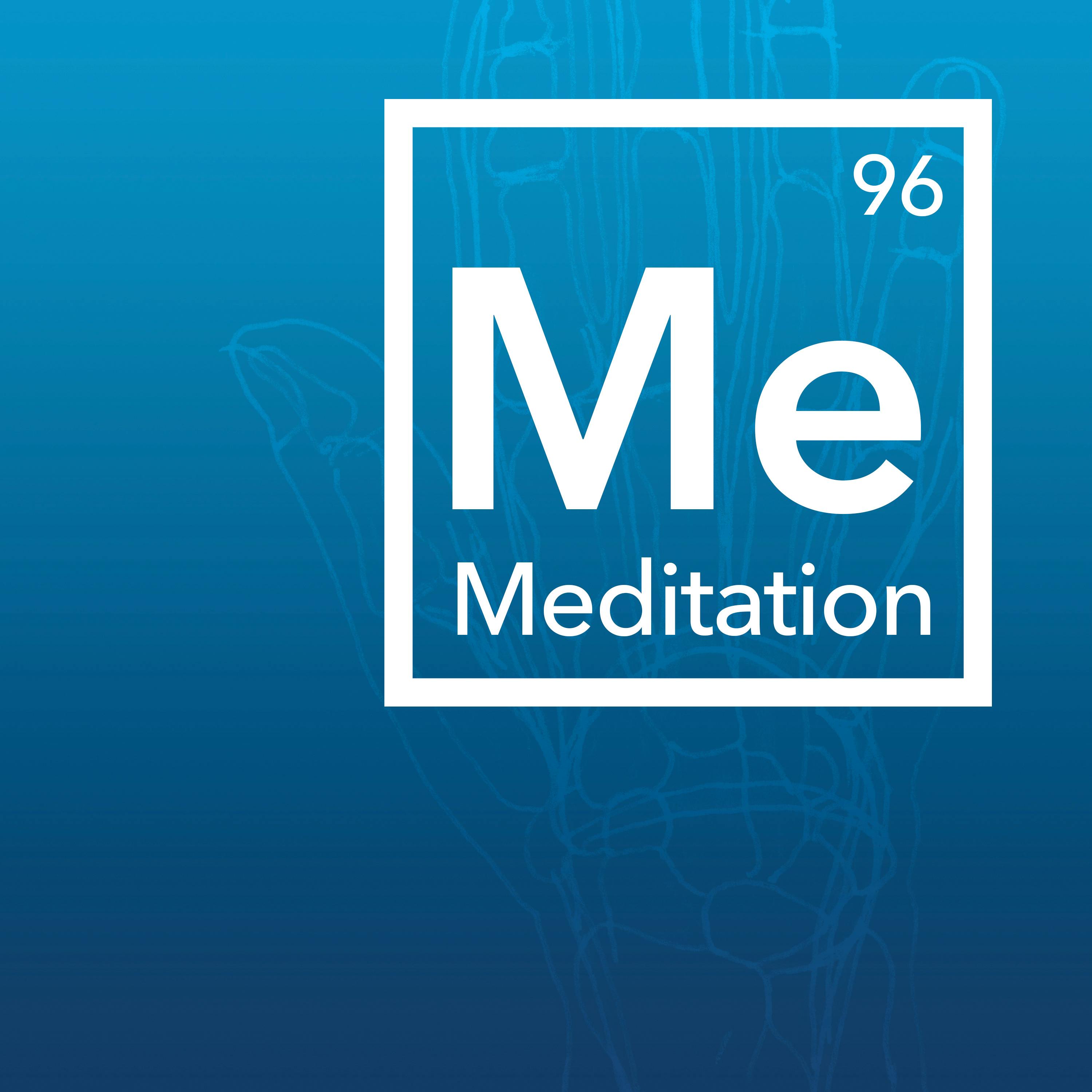
How Meditation Works & Science-Based Effective Meditations

Huberman Lab
Deep Dive
- Meditation encompasses various practices, from seated with eyes closed to walking with eyes open.
- Effective meditation practices lead to long-term brain and body changes.
- Choosing the right practice is crucial for achieving specific goals.
Shownotes Transcript
In this episode, I discuss the biological mechanisms of the state changes that occur during different types of meditation and describe how to develop the meditation practice optimal for you. I explain key meditation principles, such as using specific breathwork patterns and adjusting your perception to specific locations along the continuum between interoception, exteroception and dissociation. I discuss how meditation practices lead to long-term trait changes and neuroplasticity, including changing your default mood, reducing baseline anxiety/depression, increasing your ability to focus, enhancing relaxation, improving sleep, and increasing your overall happiness level. I also explain the concept behind the “third-eye center,” what mindfulness is from a biological standpoint, the power of ultra-brief meditations and how to select the best meditation and time and duration to meditate to meet your need. I also explain a novel open-eyed perception-based meditation that may enhance focus, relaxation and task-switching ability. Whether you are a novice or an experienced meditator or simply interested in how our brain controls different aspects of conscious awareness and self-regulation, this episode should interest you.
For the full show notes, visit hubermanlab.com).
Thank you to our sponsors
AG1 (Athletic Greens): https://athleticgreens.com/huberman)
LMNT: https://drinklmnt.com/huberman)
Supplements from Momentous
https://www.livemomentous.com/huberman)
Timestamps
(00:00:00) Meditation
(00:04:48) Sponsor: LMNT
(00:08:25) Brief History of Meditation: Consciousness, Psychedelics, fMRI
(00:16:19) How the Brain Interprets the Body & Surrounding Environment; Mindfulness
(00:26:07) Neuroscience of Meditation; Perceptual Spotlights
(00:31:58) Sponsor: AG1
(00:33:41) Interoception vs. Exteroception
(00:42:20) Default Mode Network, Continuum of Interoception & Exteroception
(00:53:30) Tools: Interoceptive or Exteroceptive Bias, Meditation Challenge
(01:01:48) State & Trait Changes, Interoceptive & Exteroceptive Meditations, Refocusing
(01:07:35) Tool: Brief Meditations, Waking Up App
(01:10:30) “Third Eye Center” & Wandering Thoughts
(01:20:46) Meditation: Practice Types, Focal Points & Consistency
(01:24:10) Breathwork: Cyclic Hyperventilation, Box Breathing & Interoception
(01:30:41) Tool: Meditation Breathwork, Cyclic vs. Complex Breathwork
(01:39:22) Interoception vs. Dissociation, Trauma
(01:47:43) Model of Interoception & Dissociation Continuum
(01:53:39) Meditation & Dissociation: Mood, Bias & Corresponding Challenge
(02:00:18) Meditation & Sleep: Yoga Nidra, Non-Sleep Deep Rest (NSDR)
(02:11:33) Choosing a Meditative Practice; Hypnosis
(02:14:53) Tool: Space-Time Bridging (STB)
(02:25:00) Zero-Cost Support, YouTube Feedback, Spotify & Apple Reviews, Sponsors, Social Media
Title Card Photo Credit: Mike Blabac)